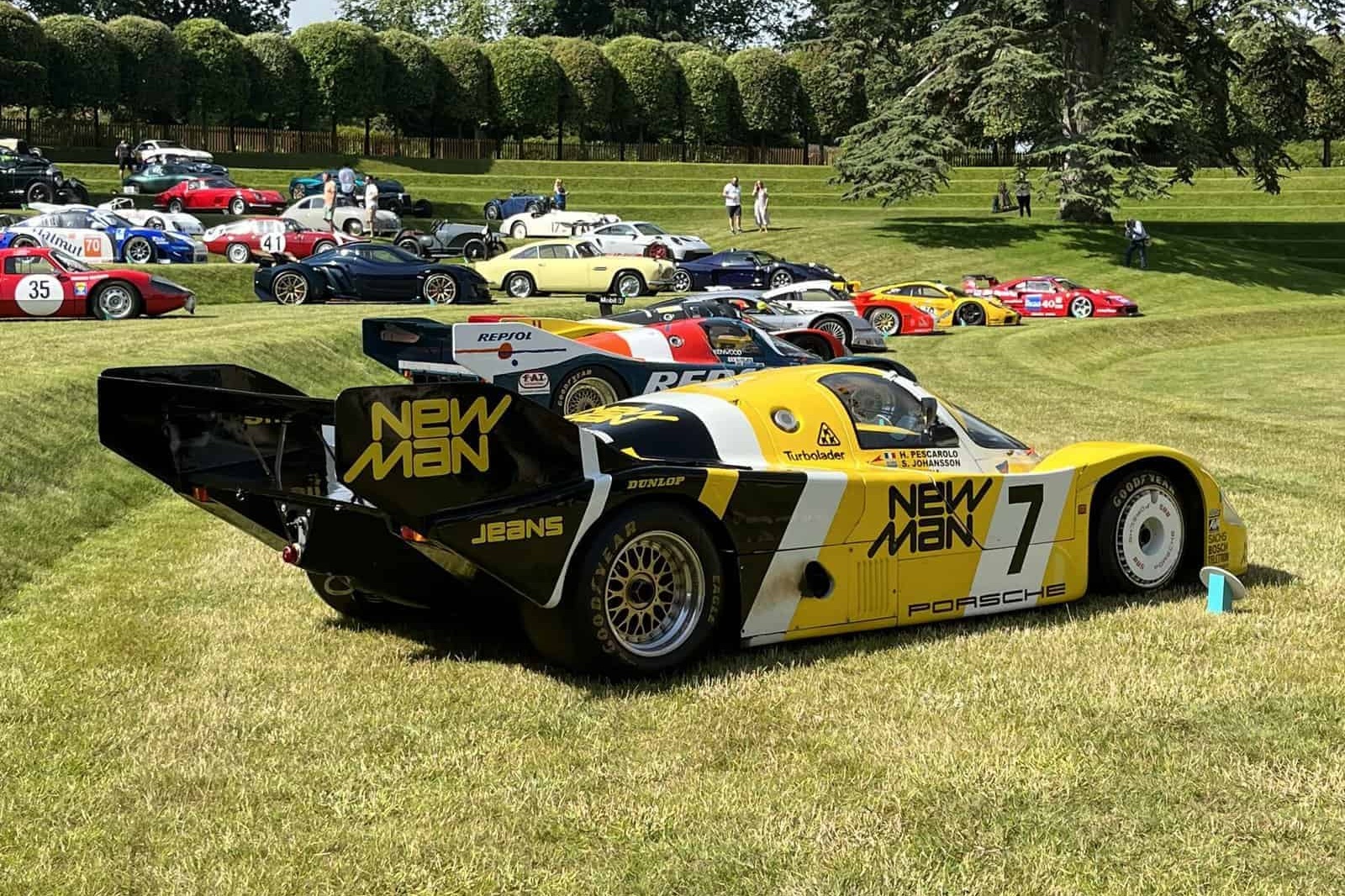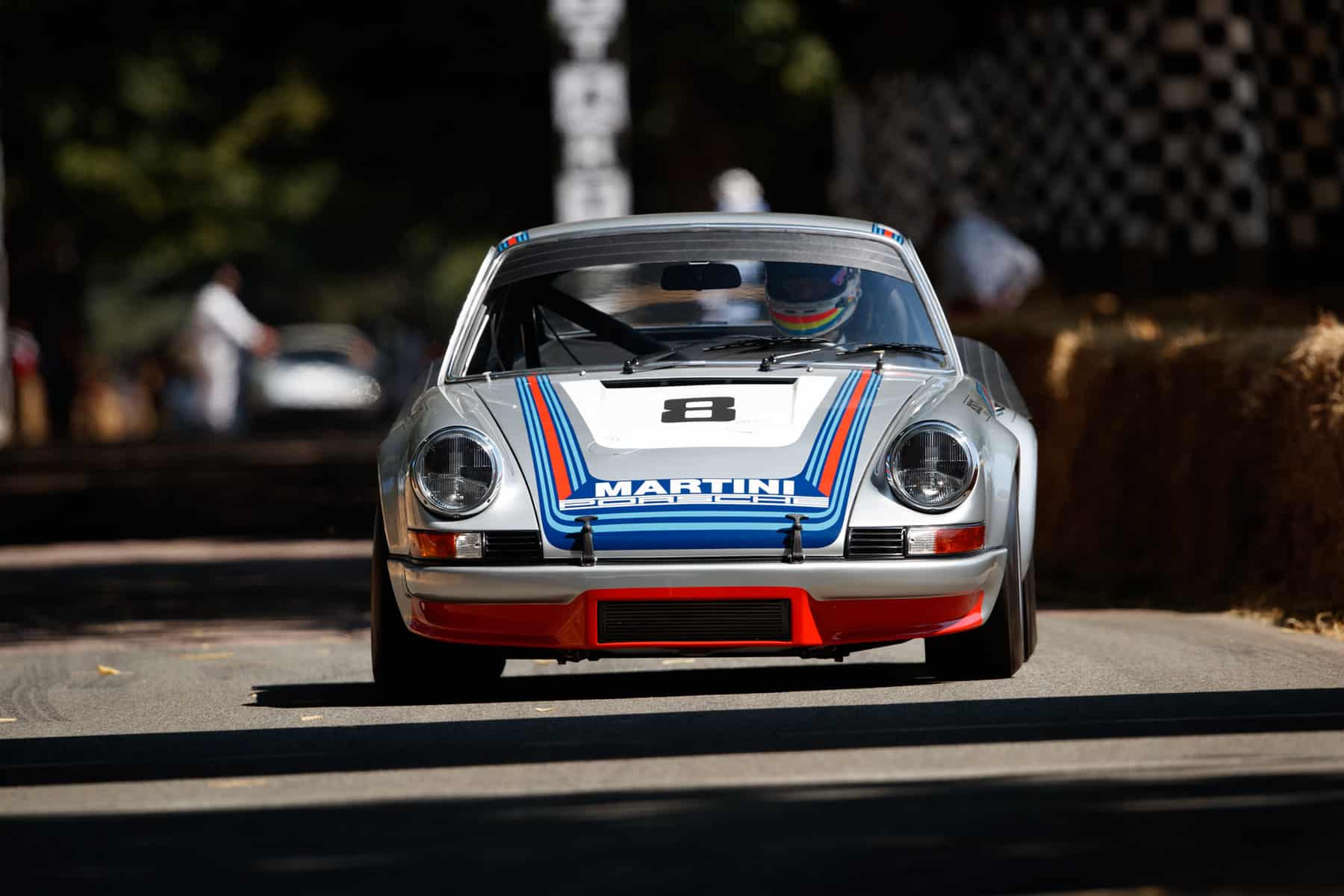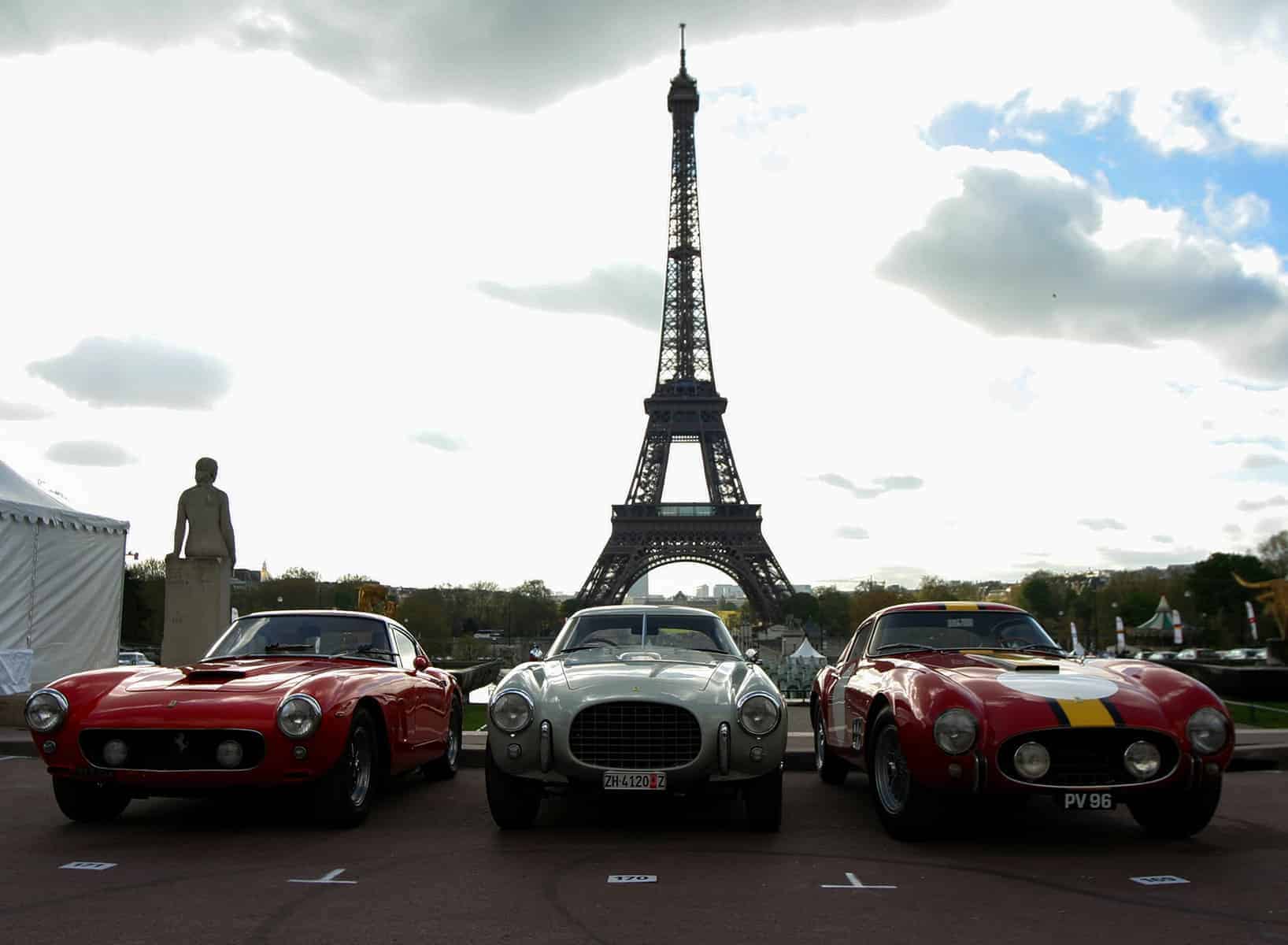
Tour Auto – Small Roads, Fast Cars
The first Tour de France, held in 1899, was not for bikes but for cars
BY: WOUTER MELISSEN
Most people know the Tour de France as the world’s premier road race for bicycles but the first Tour, held in 1899, was not for bikes but for cars. No fewer than 19 cars lined up for the seven-day stage race that started in Paris and, after a loop through France, finished in Paris a week later.
Winning four of the seven stages, René Knyff won the inaugural Tour de France with his Panhard et Levassor. Up until the Second World War, the race was held off and on and then, from 1951 to 1986, it was an annual fixture – rebranded as the Tour de France Automobile in order to avoid confusion with was now the more famous bike race.
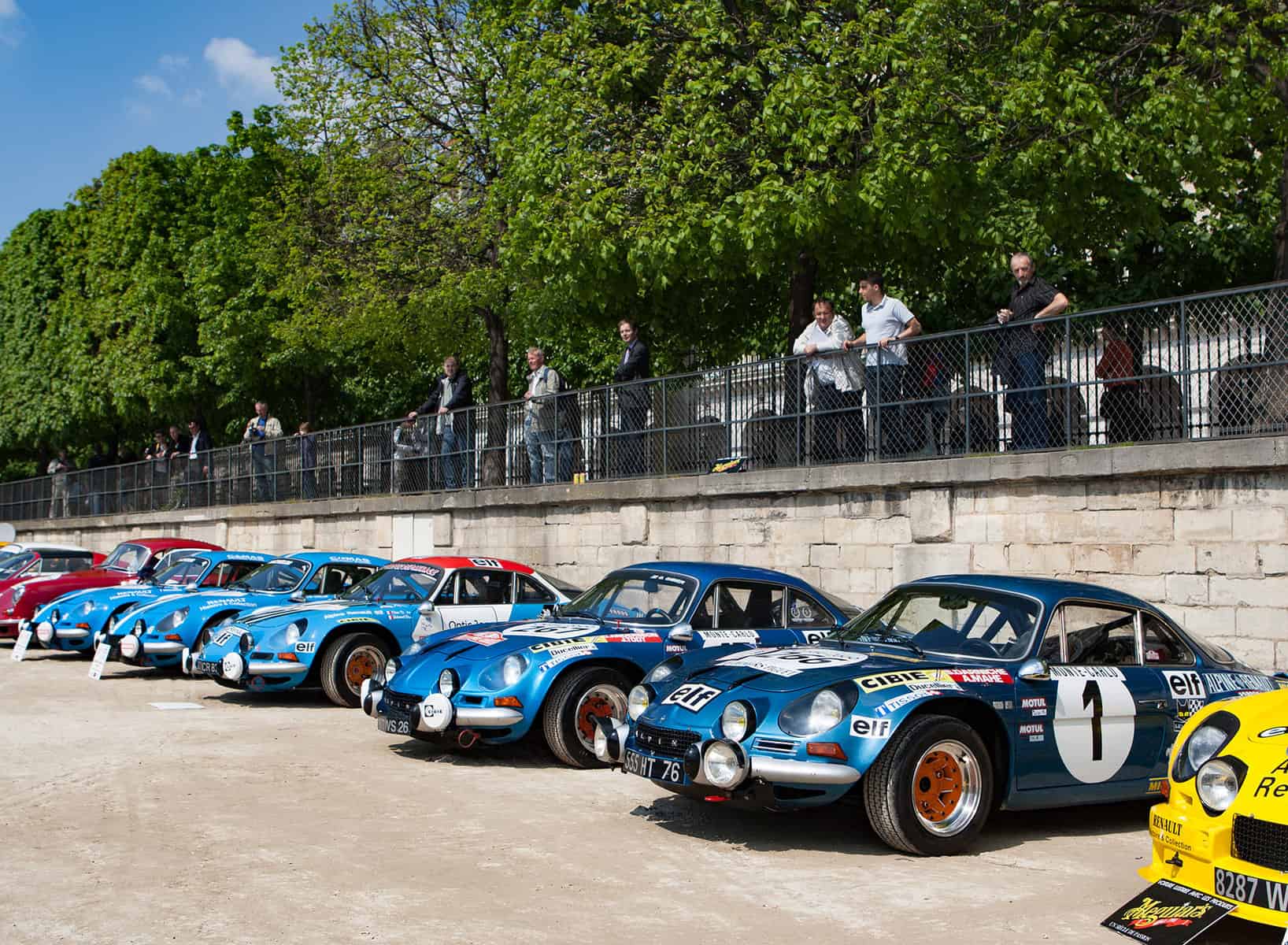
Six years after the last Tour de France Automobile was run, the event was revived by organizer Patrick Peter and the Automobile Club de Nice as a historic race. First run in 1992, the new road race was eventually named the Tour Auto under further pressure from the organizers of the “other” Tour de France. The Tour Auto quickly became a set fixture on the calendar and celebrated the post-War glory years of the Tour de France – the 1950s and 1960s. Sadly, the 2020 Tour Auto, scheduled for April, was one of the first events to be postponed. While a new September date has been given, no one can be certain that the event will be held. So, instead, let’s go back and take a look at why this event attracts approximately 250 crews and their historic racing cars every year.
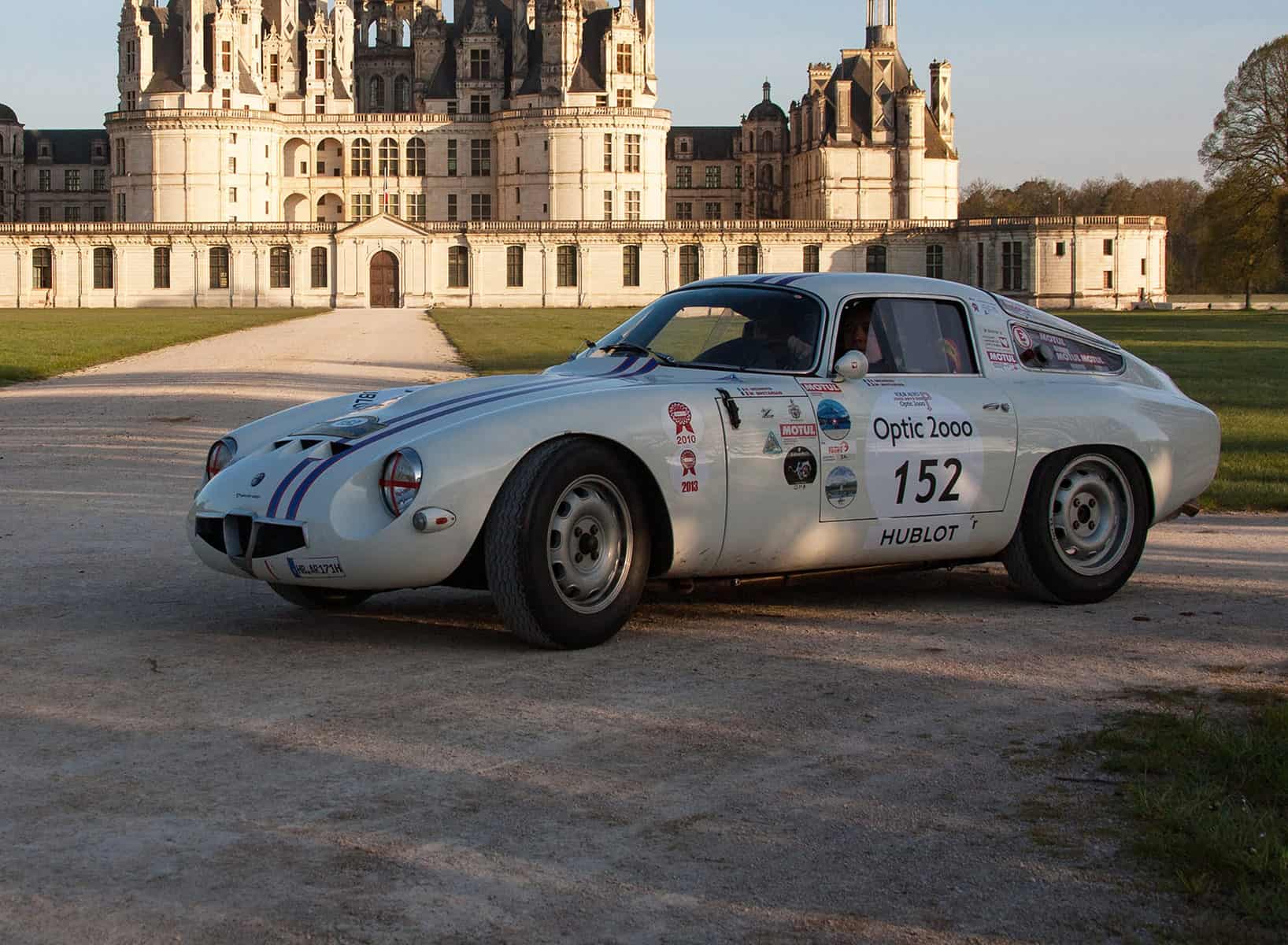
It is no surprise that, when the Tour de France Automobile, circa 1951-86, is mentioned, many car enthusiasts think of Ferrari. The Italian manufacturer won the first post-War edition in 1951 and then became so successful in the race that a model was named after the event. In fact, the various evolutions of the Ferrari 250 GT were undefeated in the Tour de France Automobile, from Alfonso de Portago’s victory in 1956 to 1964 when Belgian Lucien Berger won with a 250 GTO. As it turned out, the grueling, multi-day race was perfectly suited to the Ferraris, which were both fast and reliable. While the length of the event and route varied, a typical Tour de France Automobile covered between 3,000 and 4,000 miles over five days with around 600 miles of timed special stages. After 1964, the Tour de France Automobile was not held again until 1967, after which time the race gradually evolved into what we now think of as a tarmac rally. The final Tour de France Automobile, held in 1986, was won by a mighty Group B Renault 5 Maxi.
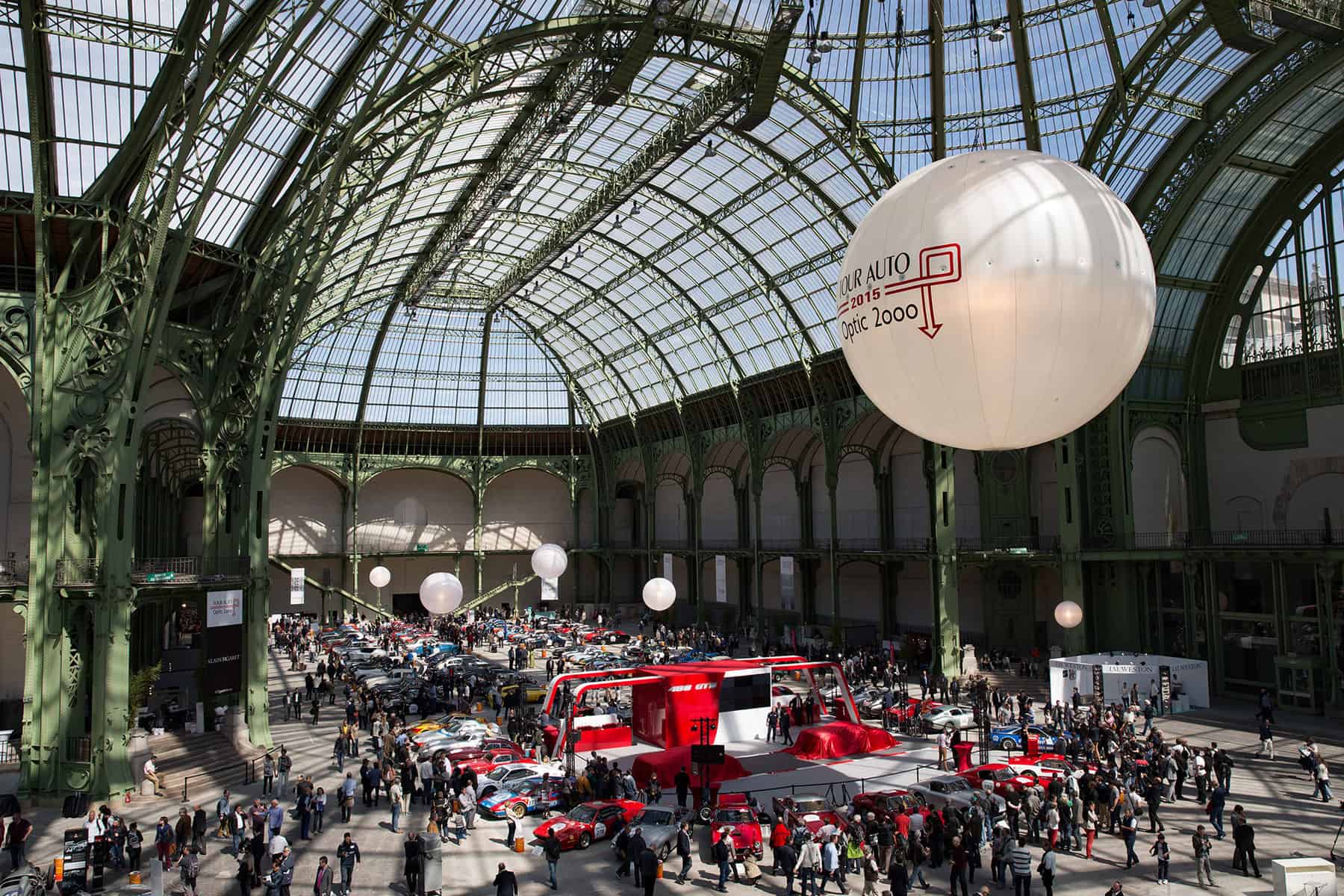
For his annual Tour Auto retrospective, Patrick Peter adopted the successful formula of the 1950s and 1960s. Held over five days, each edition has a different route that always starts in Paris. During the last few years, the cars gather before the start at the fabulous Grand Palais, once the home of the Paris Auto Salon. The finish is traditionally at one of France’s many beach resorts on either the Mediterranean or Atlantic coasts. Run predominantly on public roads, the event features two or three timed sections each day, either on a closed off section of road (special stage) or one of the remarkable large number of circuits still in operation in France. American sports car ace Gunnar Jeannette raced a Porsche 911 Carrera RSR 3.0 in 2017 and 2018 editions with Cooper MacNeil and is still in awe. He says, “The Tour Auto is for sure one of the coolest events I have ever done.” High praise indeed, coming from an eight-time Le Mans veteran.

Fortunately, as one of Europe’s largest countries, France has quite a bit to offer when it comes to driving roads, scenery and castles; no two editions are ever the same and there are pleasant surprises along the way every day. With the event usually scheduled for April, it is also not uncommon to come across snow-lined roads in one of France’s many mountain ranges. In addition to the great routes and circuits, there are also daily lunch stops at some of the country’s many famous chateaux. “Every year the route changes, it brings you through amazing parts of the country,” as Jeannette recounts. “Cooper and I are just looking at this incredible scenery and enjoying things.” This is great for the competitors but also offers the residents of many small towns the unique opportunity of enjoying a day-long parade of precious competition cars.
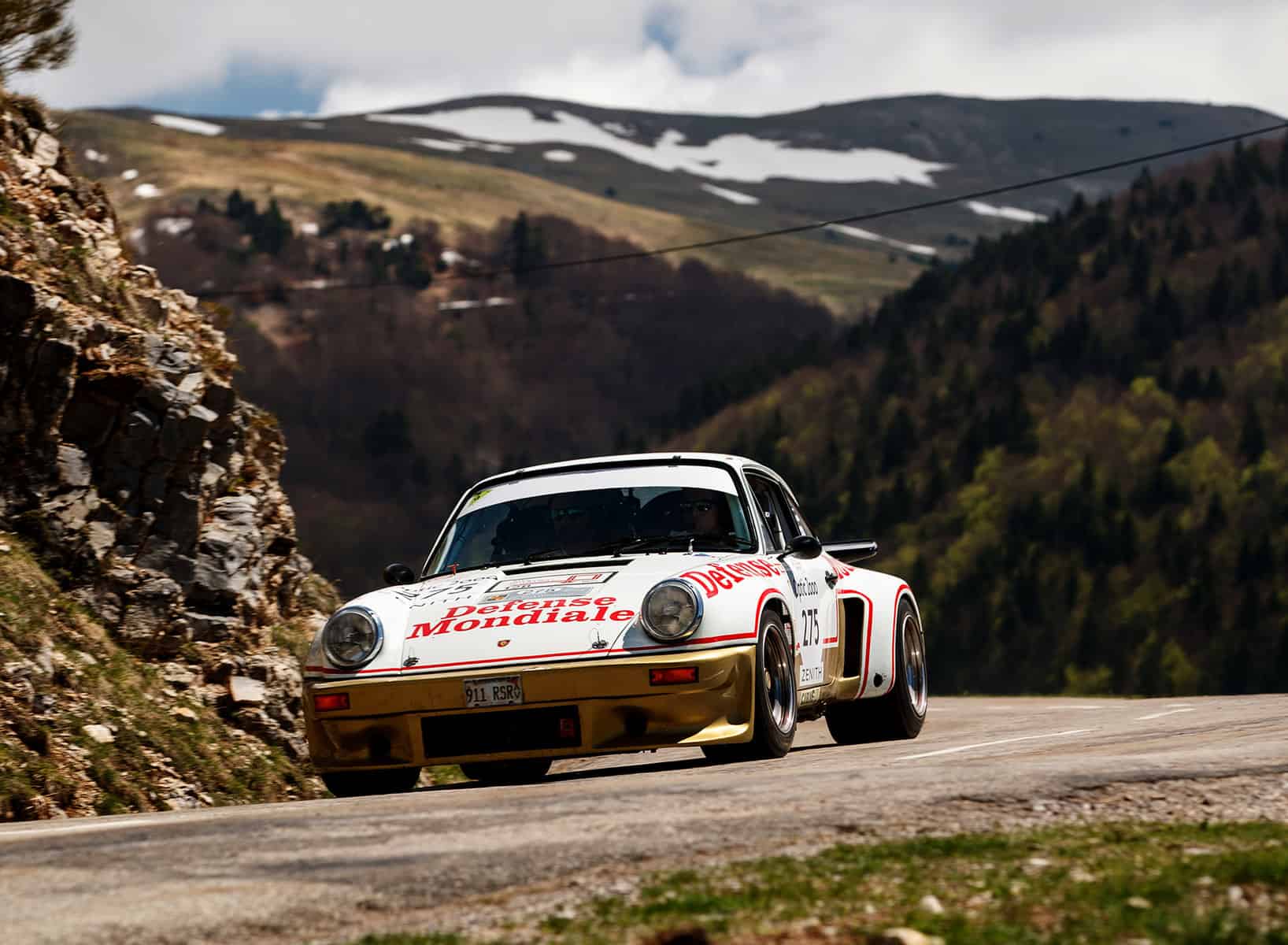
The 250-car strong field is split in five groups. For the entrants running in the three “competition” classes, the fastest time is the determining factor. While cars from up to 1980 can compete, only cars from the 1951-1964 era are eligible to compete for the official, overall victory. Those entrants more interested in a relaxed drive compete in the two “regularity” groups. Depending on their car and experience level, they get a pre-set time that they need to match as closely as possible. To be eligible for the Tour Auto, the simple requirement is that the car is of a type that once ran in the event in period. The resulting list is an eclectic mix of machinery ranging from a Citroën 2CV to a Lancia Stratos to a Matra prototype. While the Tour Auto once attracted them all, a typical field would include several dozen Ferraris, the odd Aston Martin DB4 GT Zagato and numerous Porsche 906 and 910 sports prototypes. The recent, rather dramatic hike in prices has made owners a little more cautious in racing prime historic cars, but the field usually remains impressive.
Although not quite as intense as the original event, the Tour Auto retrospective is no stroll in the park for the competitors. With 200 to 300 miles of road sections alone every day, it is certainly one of the most demanding historic races on the calendar, both for the cars and the two-person crew. And it’s not just the actual driving on the back roads that is intense, as Jeannette explains: “You definitely find out if you are ‘compatible’ with someone if you spend eight to twelve hours a day with them in a racing car. You don’t want to murder each other by the end of the event.” And, Jeannette adds, the race is also a physical challenge. “By the end of the event, you are so tired and beaten up, and your back and butt, everything just hurts.”
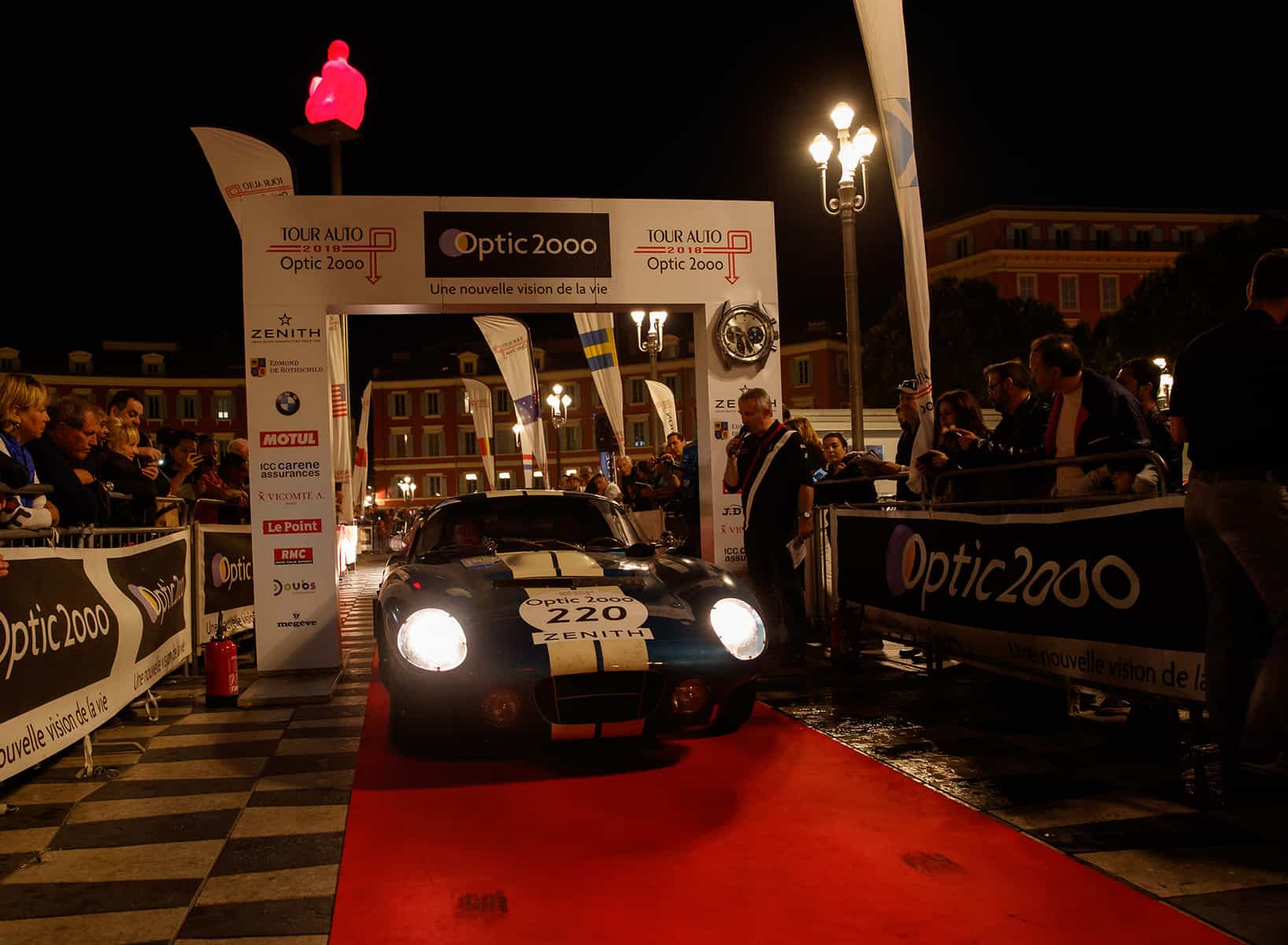
Each of the entrants usually has a support crew, so the cars are tracked by nearly 250 white vans. According to Guillaume Mahe of specialist preparation company Equipe Europe, it is at least as tough for the support crew as it is for the drivers. He says, “So each racing car entered is followed all week by a van with two skillful mechanics and all the tools needed to look after any problem. The main problem is for a little van fully loaded with stuff to follow a racing car on the French country roads, and you can add in traffic and road book diversion. My guys sleep only a few hours each day, even when the car has no problems. They arrive one hour before the drivers to warm up the car and stay at least two hours longer in the evening during the assistance park.”
Some of the competitors consider the Tour Auto mainly a social gathering, sharing an experience, lunch and dinner with friends. For others, it is a real race with the class or overall victory as the ultimate goal. Many of them need friendly reminders that the Tour Auto is not won on the first day, as Mahe explains: “We must keep telling the drivers to remember it is a one week event. Every year the top five at the finish are not the same guys who led on day one.” Mahe says experience has taught him, “The big differences are made not on the track but on the specials. You have everything to lose on these small roads.” Indeed, with no room for error, many competitors have seen their charge end on the side of the road during one of these special stages.
For Jeannette the Tour Auto was an eye opening experience. He says, “If this event were in America, I’m not sure people would be driving as fast. Here, people have these immaculate, historically important machines and they drive the heck out of them. On a special stage, you will see a Jaguar E-Type or a Cobra in a ditch or up a tree. It brings you back in time to what the event must have been like back in the day.” Jeannette and MacNeil had a sensible approach to these stages, Jeannette says. “We knew the car would be strong on the circuits as the car was built for it, so we tended to push a little harder on the circuits.” It paid off – in 2018 the pair were fastest of all although, with a car built in 1974, they were not the official winners.
Now set to run from August 31 to September 5, the 2020 Tour Auto will venture from Paris to Marseille. The official start is at the Monthléry circuit the southwest of Paris and then the route will visit four circuits, including the fantastic, undulating Clermont-Ferrand, and also pass through the Pyrenees. Even if the event goes ahead, it will not be quite like a normal edition. Of the ten entries originally planned to be entered by Equipe Europe, only seven have been confirmed for the new dates as of this posting. Regardless, all the ingredients are in place for another spectacular event – when asked if he wants to compete again, Jeannette answered with a resounding “absolutely.”


![alfa gtz perfectly imperfect webannerl[1]](https://automedia.revsinstitute.org/wp-content/uploads/2024/08/Alfa-GTZ-Perfectly-Imperfect-webannerl1-uai-1200x800.jpg)
